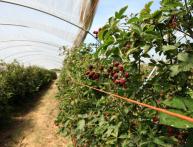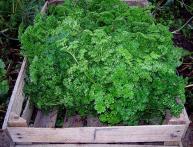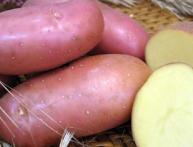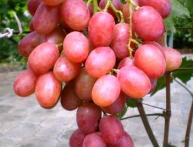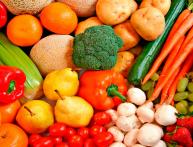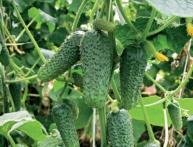What is the most useful way to fertilize onions?
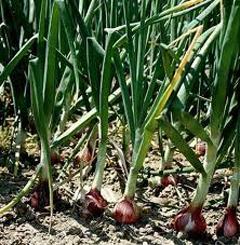
Onions really need timely, properly selected fertilizing. A feature of this crop is its high level of responsiveness to mineral fertilizers; in fact, onions “absorb” all the beneficial substances that are added, depleting the soil.
How to fertilize onions to get a high yield? Let's start with the fact that the soil for the plant must be prepared in the fall. The selected area is fertilized with humus or compost; 10 kg of fertilizer is added per square meter. If the soil is poor, then mineral fertilizers can be used. After this, the area is dug up.
Immediately before planting onions, spring digging is carried out, which is less deep than the first. Then you need to apply nitrogen fertilizers to the site in the following proportions: 5 g per 10 liters of water.
For normal growing season, onions really need phosphorus. Therefore, the second feeding, which is carried out after the appearance of the first full-fledged leaves, is phosphorus. 30 g of superphosphate is diluted in 10 liters of water.
Liquid organic fertilizers are also used for fertilizing. To do this, 1 liter of litter or manure is poured with 5 liters of water and left for 2-3 weeks, until the fermentation process begins. Then the resulting infusion is diluted, six parts of water are used for one part of manure, and 1 to 20 for bird droppings.
Fertilizers not only promote high yields, but also attract pests such as onion flies. Therefore, before fertilizing onions, it is imperative to pollinate the plant with tobacco or wood ash.
When applying fertilizing, you must adhere to the recommended ratios, since an overdose can have a detrimental effect on onions.

